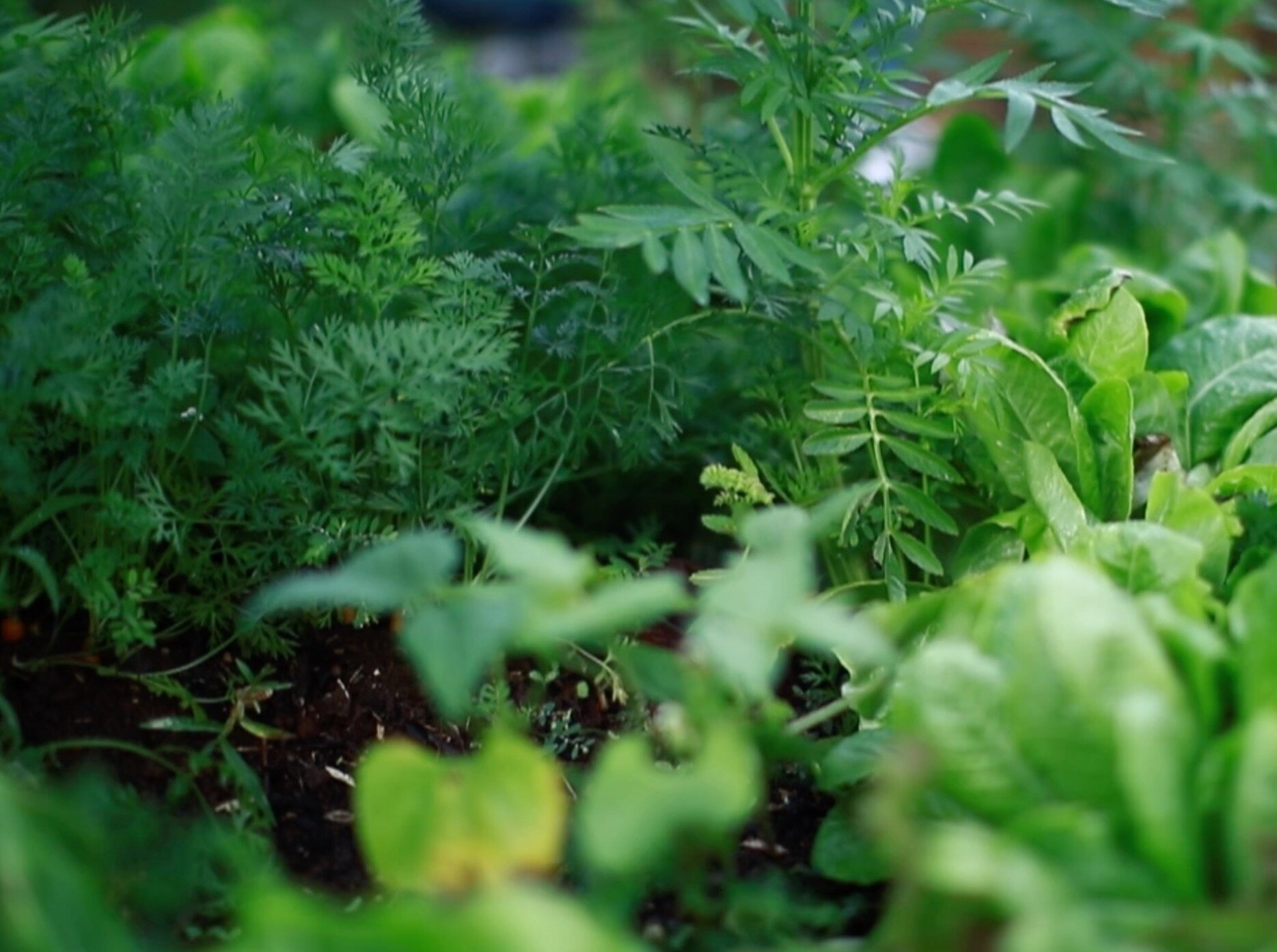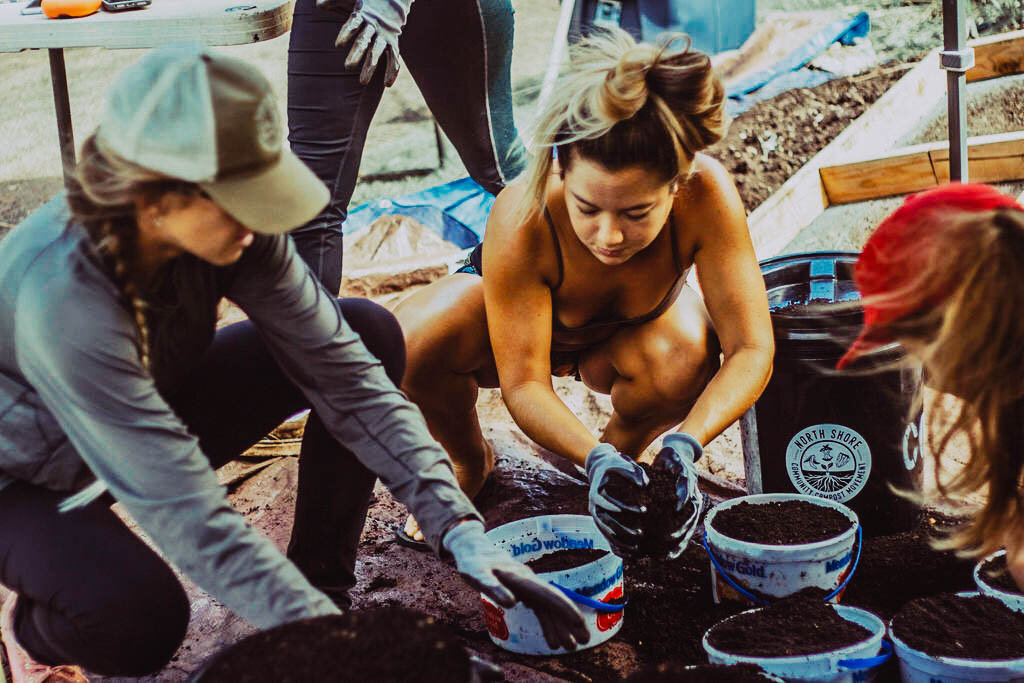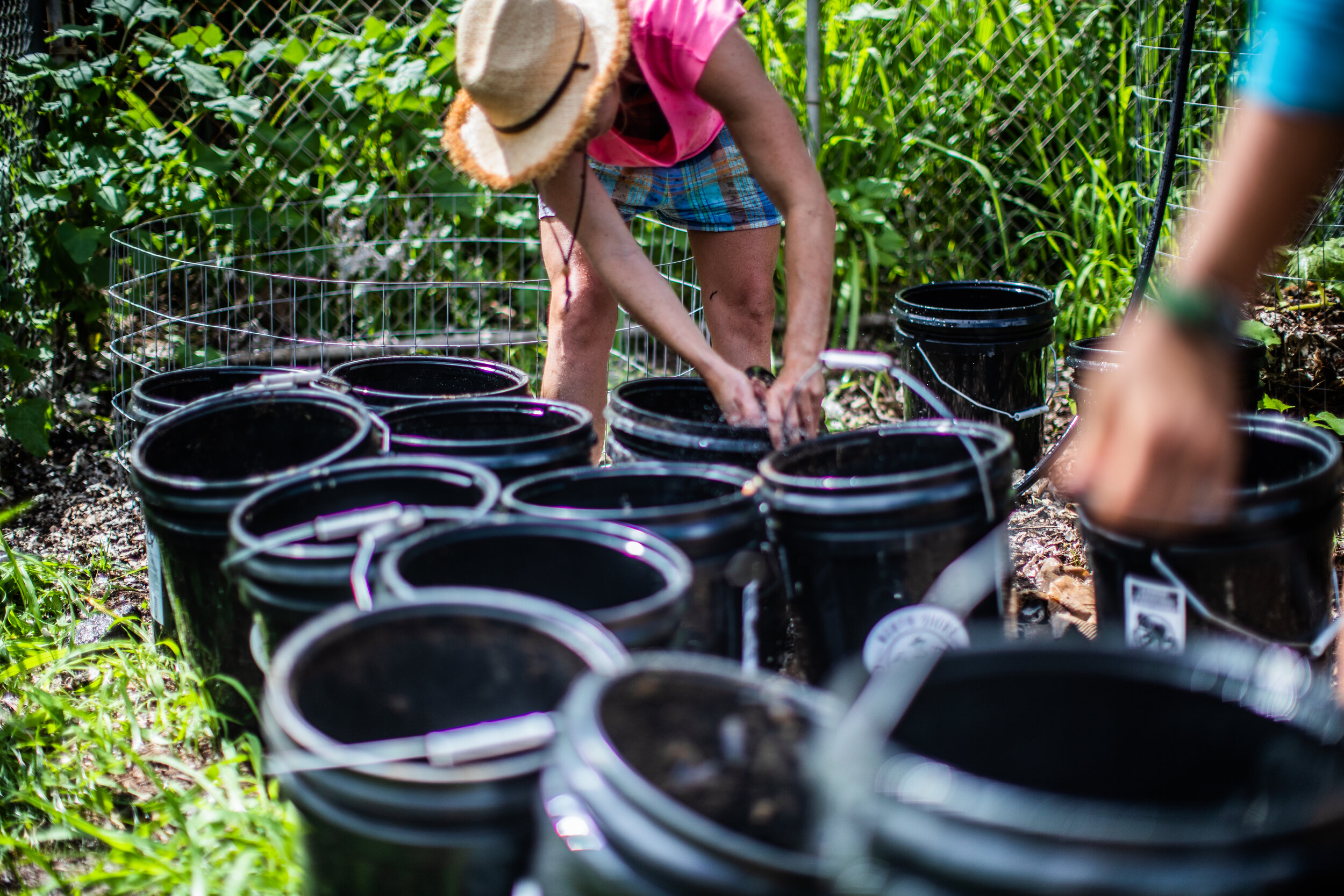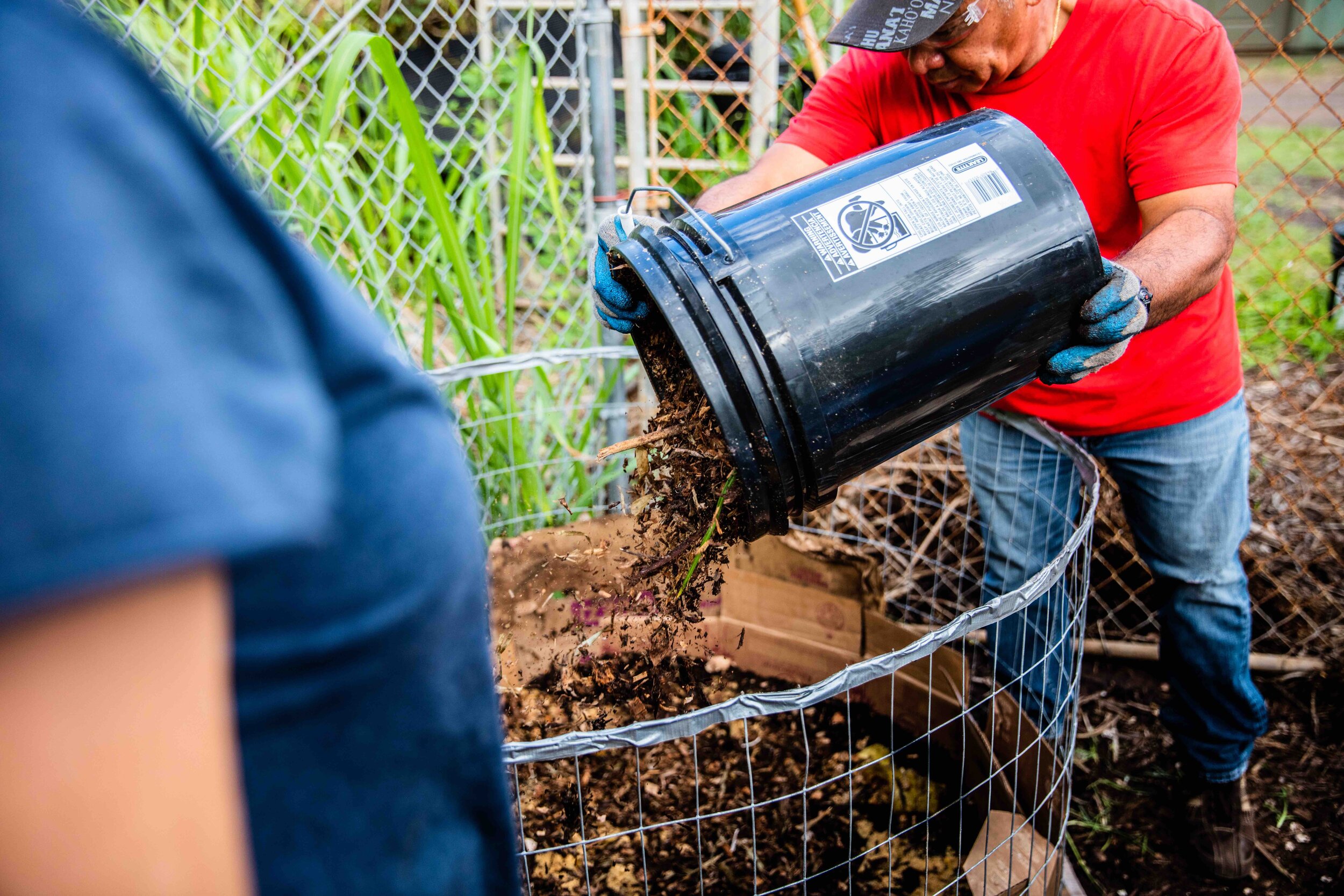
Community Compost Movement
A Resource for Compost Education
COMPOSTING MADE EASY
Contrary to popular practice, food waste does not belong in the trash.
FOOD WASTE IS SOIL GOLD
The Community Compost Movement is a an educational program that began on the island of Oahu in Hawaii.
The North Shore Community Compost Movement launched in 2019 as a women-run pilot compost pickup program servicing North Shore residents. As the program grew, our team worked with farms throughout the island to develop several drop-off locations. In total the NSCCM program ran for 2 years and diverted over 35,000 lbs of food waste from Oahu’s incinerators and landfills. Unfortunately, due to Oahu’s prohibitive laws on composting we were unable to get the permits required to continue the service and made the difficult decision to shut it down.
Today, the Community Compost Movement serves as a compost education resource aimed to empower individuals and communities to learn more about the benefits of composting so that we can encourage the masses to divert their food scraps, combat climate change and regenerate soil far and wide.
A Few Reasons Why Composting is necessary to combat agricultural and environmental degradation:
Composting prevents food waste from rotting, which releases methane. Landfills are filling around the world, continually releasing greenhouse gases into the atmosphere, or food waste is being burned in toxic incinerators. There’s another way!!
Compost soil helps filter the water tables, retain moisture, and improve soil degradation.
When we compost our food scraps, we no longer have smelly trash.
Composting is a direct answer to a mounting global landfill issue.
Compost soil sequesters carbon out of the atmosphere and is full of nutrients, no need for those toxic chemical fertilizers!
Compost soil can hold up to 8x its weight in water, so its very beneficial to restoring soil health, water table health, and over all local eco-system health.
It feels good to not throw food in the trash…. Try it!
Compost With Bokashi
Bokashi is fermented bran/husk that is inoculated with microorganisms that ferment food waste, speeds up decomposition process, and mitigates stinky smell because it ferments rather than rots.
Bokashi Method
Using fermented bran or husk, the Bokashi Method works like this: collect food scraps in a bucket, each time you add a bowl of food scraps to the bucket, sprinkle in Bokashi to the food waste. Keep the bucket closed (best is a screw lid, air tight is best). Once bucket is full of food scraps and bokashi, seal with top and let sit for 2 weeks or more to ferment. The food scraps are now ready to be added to soil, you can dig a whole in your yard (at least 1 foot deep for animals) and amend your soil this way, you can build a soil round as we did at CCM. Bokashi Method mixes best with existing soil, and not the common elements of green waste, mulch, water, that come with other forms of compost. Benefits of bokashi method: any food/organic matter works, mitigates smell while collecting food scraps in bucket, speeds up decomposition process, able to process with a small backyard dirt/soil space.
EM-1 Effective Microorganisms is a mixture of yeast, lactic acid bacteria, and photosynthetic bacteria, and is the key ingredient in Bokashi . We mix EM-1 with molasses and water, and then massage it onto rice o\r wheat bran (husk can also be used). The inoculated bran then ferments for two weeks in a sealed container, and then is sifted and sun-dried for added storage length. EM-1 is being studied in Japan as an effective bioremediation tool and for wide ranging food growing and soil benefits.












